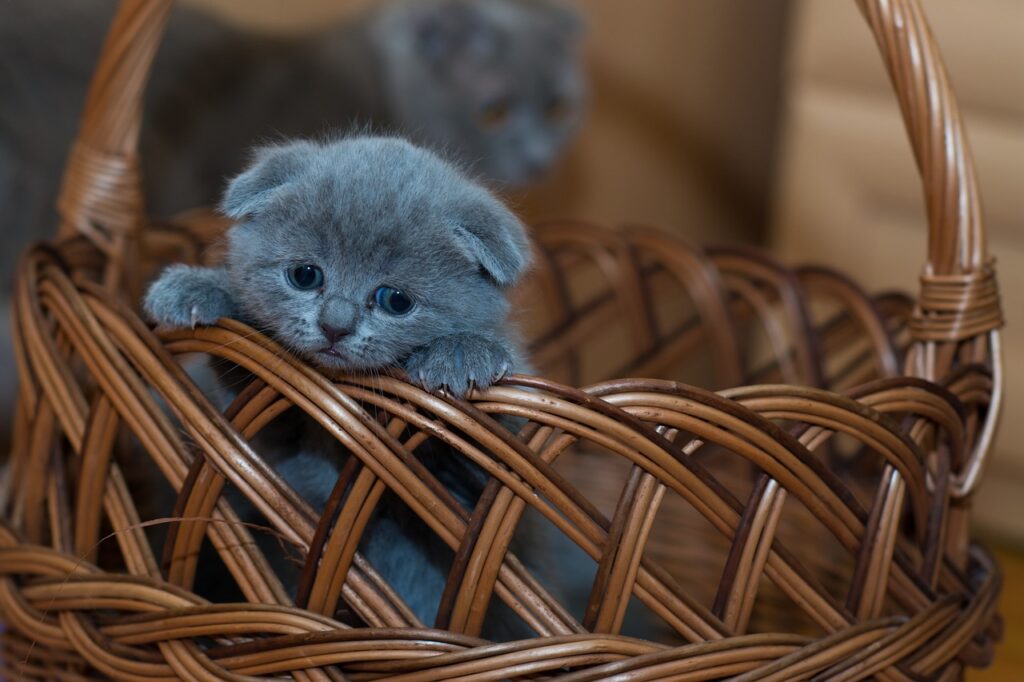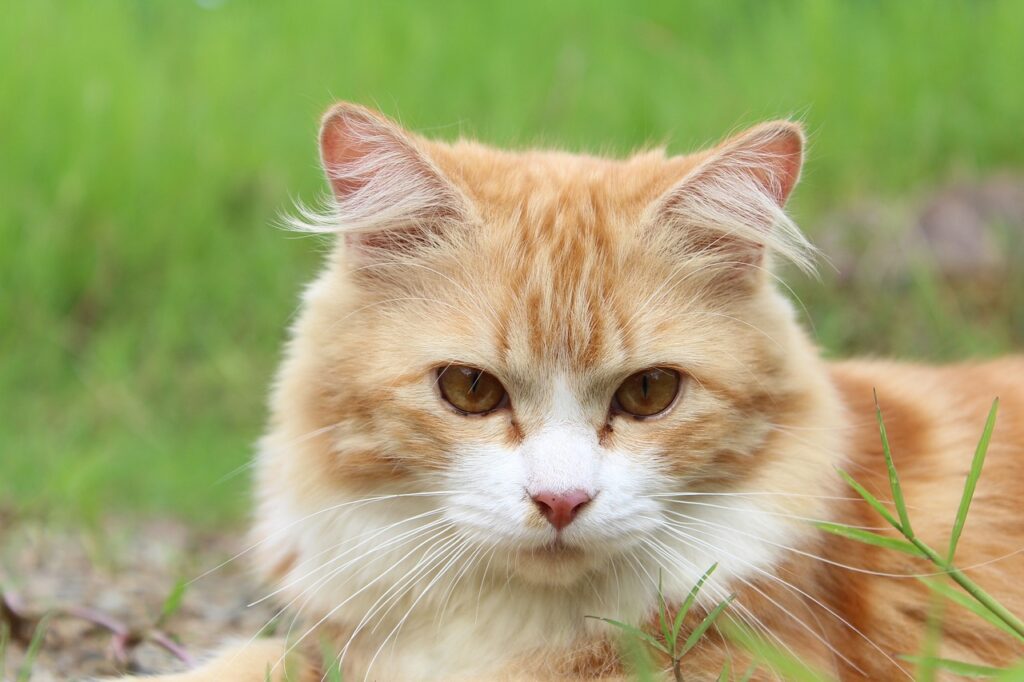Can Cats Eat Pâté? – Yes, They can
Cats can be quite interested in what their humans are eating, and pâté is no different. So the big question is, can cats partake in this spreadable delicacy? The answer is a cautious Yes. It’s important to note that while cats can have pâté, it should only be an occasional treat. Like humans, cats have specific dietary needs, and pâté, which is traditionally a mixture of cooked ground meat and fat into a spreadable paste, could provide some proteins and fats that are beneficial in small amounts. However, some variants might contain ingredients that are not cat-friendly, so always check the label before sharing.
Can Kittens Eat Pâté?
When it comes to kittens, the same rule of thumb applies as with adult cats: they can eat pâté, but with more caution. Since kittens’ digestive systems are still developing, they’re more sensitive to what they eat. Pâté might be too rich or contain ingredients that could upset their stomach, so it’s better to stick to kitten-formulated food especially made for their growth requirements.
Things to consider when feeding pâté to kittens?
When considering feeding pâté to a kitten, it’s crucial to ensure that it only consists of kitten-safe ingredients, sans any garlic or onions, and is very low in salt. Their nutrition should be primarily coming from a balanced diet specifically designed for kittens, packed with the essential vitamins and minerals they need to thrive.
Nutritional Benefits of Pâté for Cats – Why Pâté is Good for Cats?
Proteins are Building Blocks
Pâté can provide a source of animal proteins which are essential for your cat’s health. Proteins play an essential role in building and repairing muscles and are crucial for their overall well-being.
Fats for Energy
Healthy fats present in pâté can be an excellent energy source for cats. They help maintain healthy skin and fur, plus support your cat’s immune system.
B Vitamins for Metabolism
Many kinds of pâté are rich in B Vitamins, particularly Vitamin B12, which have a significant role in nerve function and energy metabolism in cats.
Taurine for Heart and Eyes
As a natural component of meat, pâté may have taurine, an essential amino acid for cats that supports heart and eye health.
Minerals
Depending on the ingredients used in the pâté, there may be minerals such as zinc and iron which are vital for various bodily functions.
Potential Allergies: Can Cats Be Allergic to Pâté?
Yes, just like humans, cats can have allergies to certain proteins or additives in foods. It’s less about being allergic to pâté themselves and more about the individual ingredients within it.
Symptoms of Pâté Allergies in Cats
- Itching and Skin Irritation: Look for excessive scratching or signs of discomfort.
- Gastrointestinal Upset: Vomiting or diarrhea can be indicators of a food allergy.
- Respiratory Issues: In rare cases, allergic reactions can cause problems with breathing.
What to Do If Your Cat Shows Symptoms?
- Immediate Diet Adjustment: Remove the pâté from your cat’s diet immediately.
- Veterinary Consultation: Seek advice from a vet to pinpoint the allergen and get appropriate treatment.
- Monitoring: Keep an eye on your cat’s reaction to new foods after removing pâté.
Recommended Amount: How Much Pâté Can a Cat Consume?
For a typical adult cat, a teaspoon-sized amount of pâté as an occasional treat is usually acceptable. It’s important not to overfeed and to maintain a balanced diet. Always ensure that treats like pâté do not make up more than 10% of your cat’s daily calorie intake.
Things to Consider When Feeding Pâté to Cats
Before indulging your feline in some pâté, consider its ingredients – avoid any that contain harmful additives or seasonings such as garlic, onions, or excessive salt. Also, always introduce any new food into your cat’s diet gradually to avoid digestive upset.
How to Feed Pâté to Cats: A Quick Guide
Serving pâté to cats can be more than just a treat; it can be an enriching experience for them. Here’s how to best enjoy this delicacy.
Simple Pâté Topper
Add a small spoonful of pâté over their regular food as a special treat. It boosts flavor and provides additional nutrients.
Pâté Treat Balls
Roll the pâté into small, bite-sized balls. This can engage your cat in some playful pouncing before enjoying their treat.
Frozen Pâté Dots
Spoon small dots of pâté onto a tray and freeze them. These can be a refreshing treat on a hot day and encourage slower eating.
Conclusion
Pâté can be a delicious and appreciated treat for your cat, but it should be offered sparingly and with mindfulness to the contents of the pâté being served. When introducing any new food to your cat’s diet, start with a small amount to watch for any adverse reactions. And while a little pâté can be a delightful indulgence for your feline friend, ensure their daily diet remains balanced and nutritious to support their health and happiness.



